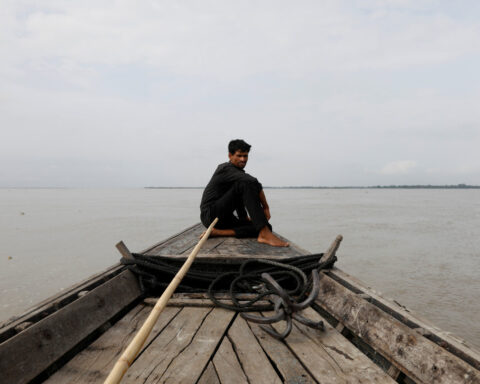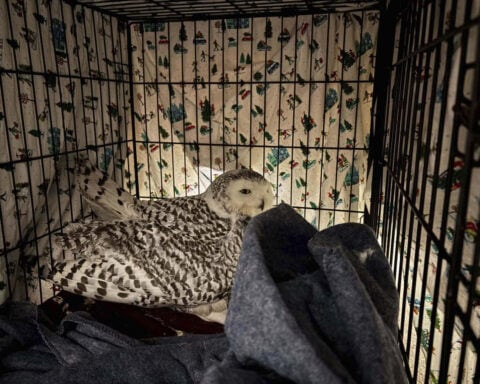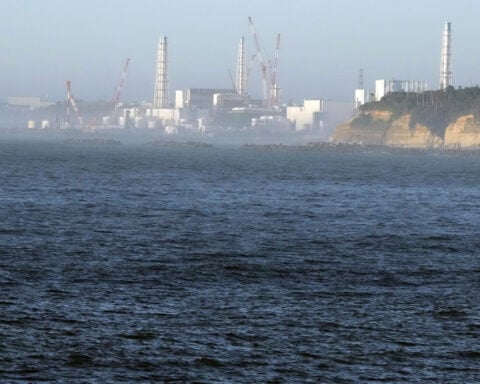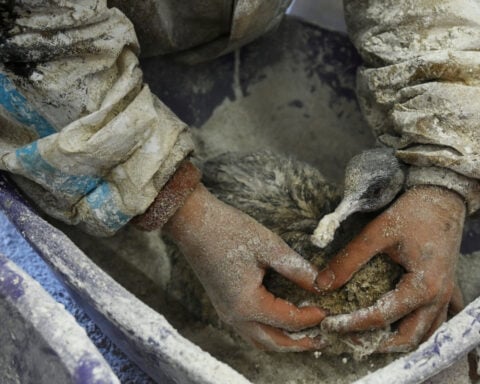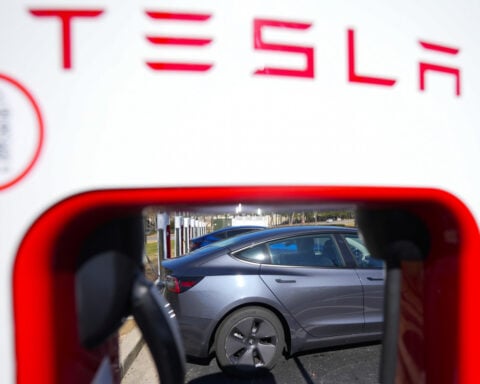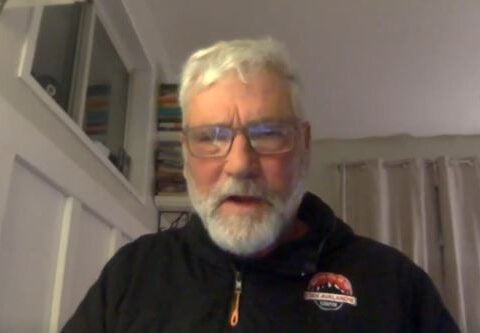Biden's climate bill has a hidden gem: $1.5 billion dedicated to tree planting in cities to help fight the heat.
This funding will allow the Forest Service to give grants to cities and nonprofits to make neighborhoods greener, especially those that have been overlooked. The amount is a huge boost—about 40 times more than usual—and aims to bring "tree equity" to underserved areas. Experts believe this could be a game-changer, cooling cities and improving health as climate change makes summers hotter.
Tree experts are excited about this game-changing plan. UCLA's de Guzman thinks it's a once-in-a-lifetime chance to green up cities. Planting trees could help cool cities as they get hotter from climate change. Studies show that having more trees means fewer hospitalization cases due to heat.
However, planting trees in cities presents unique challenges. Arborists must consider factors such as species selection, root systems, and community preferences. Native species are often prioritized for their adaptability and benefits to local ecosystems.
Jordan Herring, arborist for Winchester, Virginia, emphasized the importance of native species. "The native species here are going to do best with our climate but also provide so many more benefits for pollinators," he said.
The funding also allows for tree planting on private property, offering more species selection and placement flexibility. Brian Wiedenmeier, executive director of Friends of the Urban Forest, says planting in yards keeps sidewalks intact while greening the city.
Getting locals on board is key for these projects to work. Dan Lambe, chief executive of the Arbor Day Foundation, stressed the importance of relationship-building with neighborhoods before planting begins.
Port St. Lucie, Florida, exemplifies this approach by holding citizen summits where residents can provide input on tree species and locations. Shereese Snagg, project coordinator of urban beautification, said this process allows residents to see the impact of their involvement.
Urban trees face numerous challenges, including limited sunlight, potential conflicts with infrastructure, and increasing stress from climate change. Arborists must carefully consider these factors when selecting and placing trees.
Another critical factor is the diversity of tree species. Herring warned against relying too heavily on a single species, as it could lead to widespread loss if affected by pests or disease.
The Forest Service has stipulated that the funding covers both planting and maintenance. Wilkes emphasized that the projects will be monitored over the next five years to ensure proper use of the funds.
Beyond immediate tree planting, the initiative aims to develop a nationwide network of urban forestry professionals. This could create jobs in underserved areas while preparing cities for a hotter future.
Lambe underscored the critical role of trees in urban environments. "What we're learning through science and otherwise is that trees are no longer a nice-to-have. They are a critical part of city survival," he said.
This tree-planting spree could transform cities for years, making life better for millions.
Also Read:

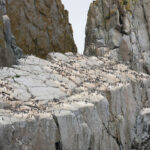 Record heat wave killed half of this Alaska bird population, and they aren’t recovering
Record heat wave killed half of this Alaska bird population, and they aren’t recovering
 China's CATL to seek Hong Kong listing
China's CATL to seek Hong Kong listing
 Holiday shoppers increased spending by 3.8% despite higher prices
Holiday shoppers increased spending by 3.8% despite higher prices
 Russia declares federal emergency over Black Sea oil spill
Russia declares federal emergency over Black Sea oil spill
 Iowa WWII veteran known as 'The Drummer' shares gift of music this holiday season
Iowa WWII veteran known as 'The Drummer' shares gift of music this holiday season
 US sex-abuse watchdog fires investigator after learning of his arrest for stealing drug money
US sex-abuse watchdog fires investigator after learning of his arrest for stealing drug money
 Hwang Dong-hyuk on killing off his 'Squid Game' characters and wanting to work with Jake Gyllenhaal
Hwang Dong-hyuk on killing off his 'Squid Game' characters and wanting to work with Jake Gyllenhaal
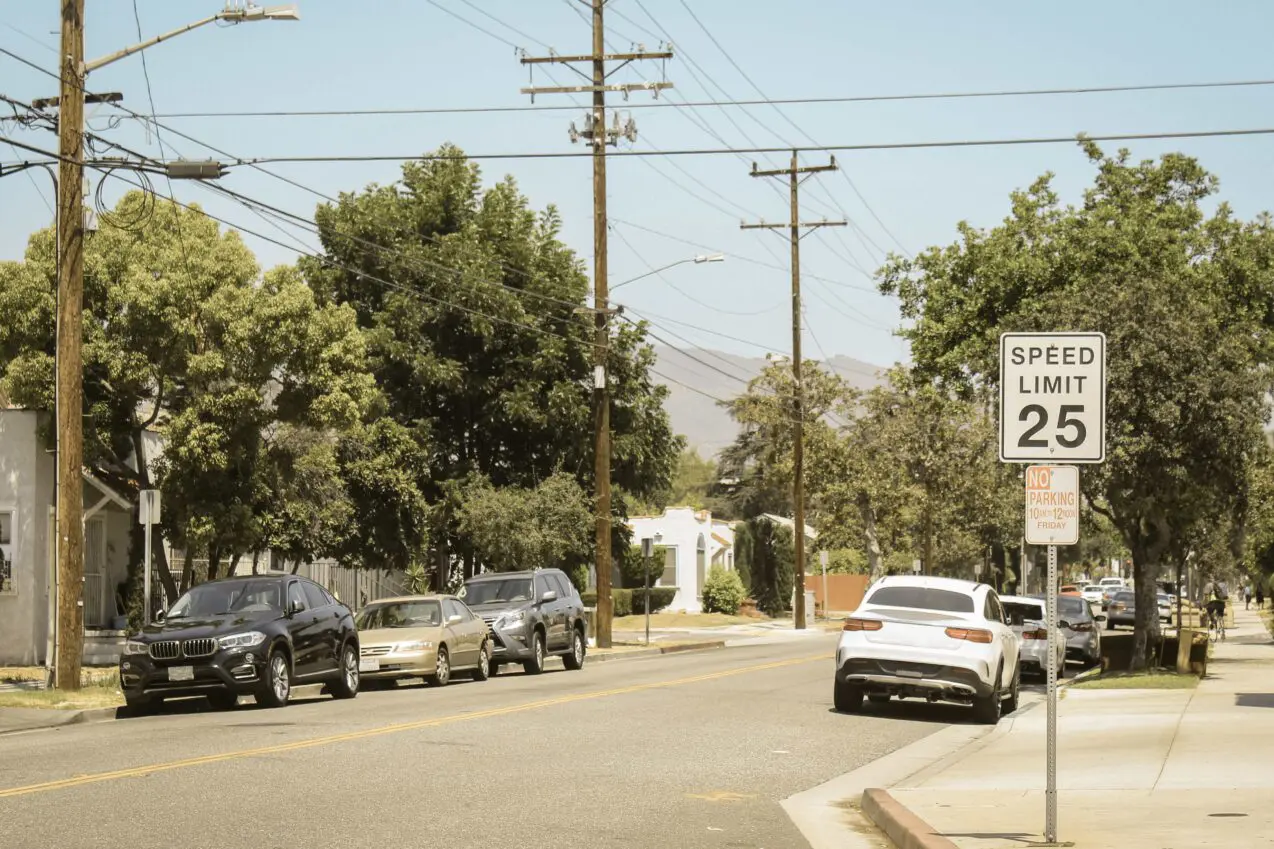 Discover how Biden's climate bill allocates $1.5 billion for urban tree planting, aiming to cool cities and combat climate change in neighborhoods.
Discover how Biden's climate bill allocates $1.5 billion for urban tree planting, aiming to cool cities and combat climate change in neighborhoods.